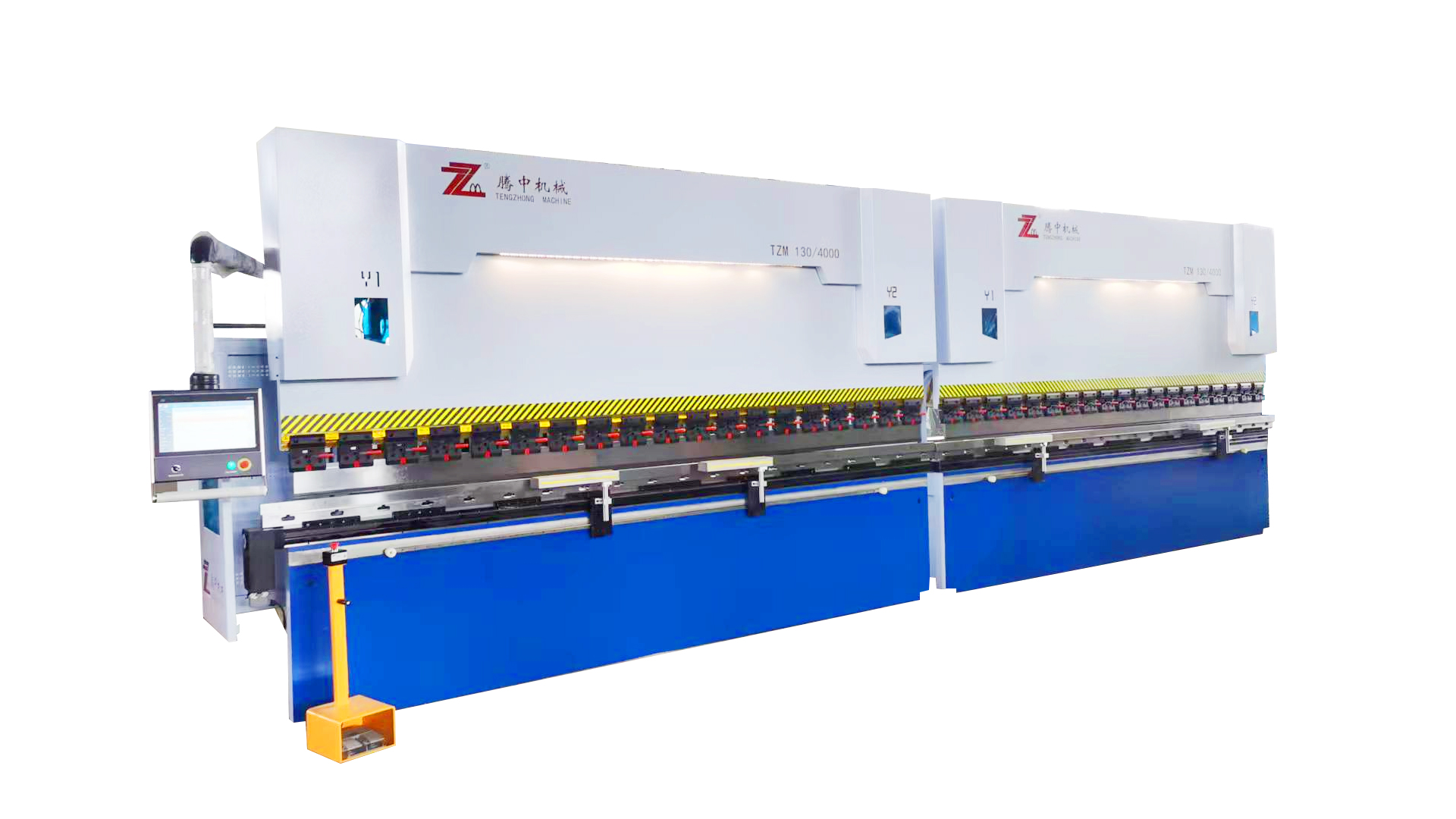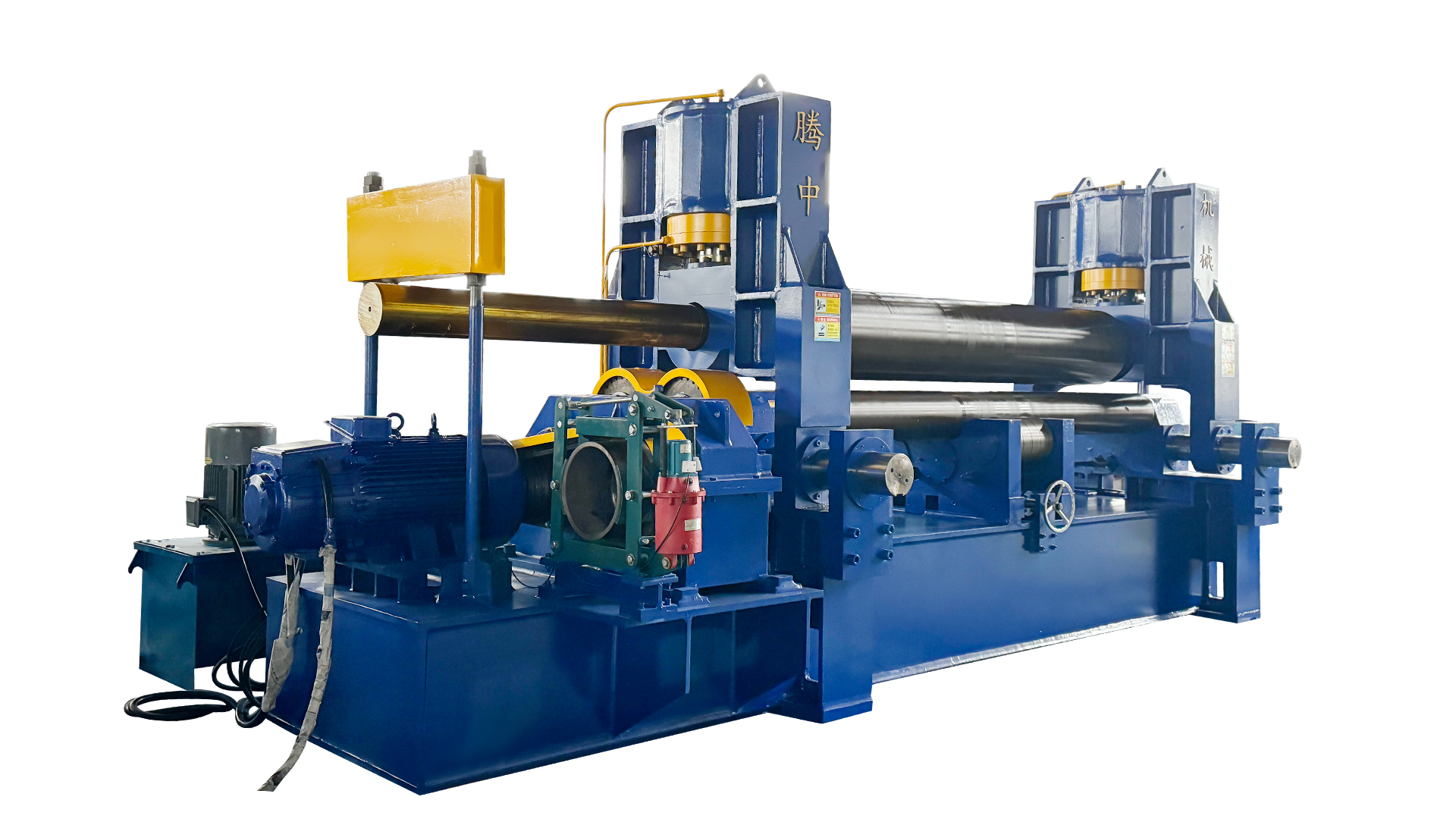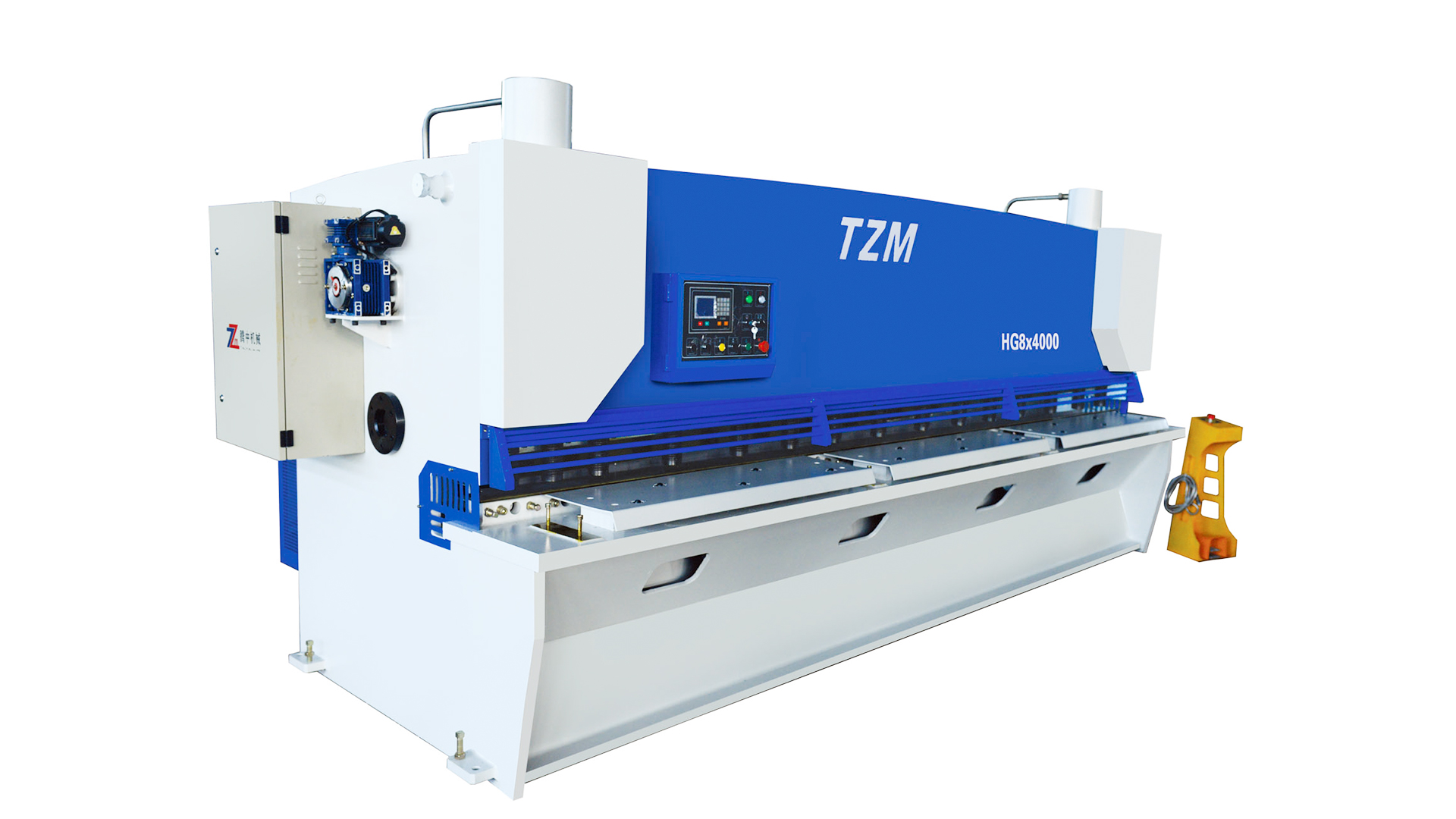Correction method for the roundness of the cylinder rolled out by the three roll plate rolling machine
2025-01-25
If the cylinder produced by the three roll plate rolling machine is not very round, the following correction methods can be tried:
Mechanical adjustment method
Adjust the position of the roller shaft
For a 3 roller rolling machine, the parallelism of the upper and lower rolls has a significant impact on the roundness of the cylinder. Firstly, check and adjust the parallelism of the upper and lower rollers. If the upper and lower rollers are not parallel, the plate will be subjected to uneven force during the rolling process, which will cause the cylinder to appear elliptical or non-circular. Professional measuring tools such as a dial gauge can be used to measure the height difference between the two ends of the roller shaft, and then the upper and lower rollers can be made parallel by adjusting the foot bolts of the rolling machine or the support structure of the roller shaft.
The relative position between the side rollers (if it is the two lower rollers of a symmetrical three roller bending machine) and the upper roller is also crucial. It is necessary to ensure that the axes of the side rollers and the upper roller are perpendicular to each other in space, and that the rollers on both sides are also parallel to each other. If a positional deviation is found, it can be corrected by adjusting the horizontal movement mechanism and vertical lifting mechanism of the side rollers. For example, for some small plate rolling machines, the position of the side rollers can be moved by rotating the adjustment screw.
Add auxiliary fixtures
Arc shaped pads can be used. When the cylinder is found to be partially non-circular, a suitable radius pad is made according to the radius of the cylinder, and the pad is placed on the inside of the non-circular cylinder. Then, a jack or other pressure device is used to apply a certain amount of pressure to the pad, causing the local deformation of the cylinder to approach a circular shape.
Special circular fixtures can also be made. This fixture can clamp the cylinder from the outside and apply uniform radial force to the cylinder by adjusting the tightening degree of the fixture, thereby correcting the roundness. For example, in some pipeline manufacturing that requires high roundness of the cylinder, a circular fixture with multiple adjustment bolts will be used to gradually adjust the bolts to tighten the fixture and achieve the purpose of calibration.

Process Adjustment Method
Rolling multiple times
Adopting the method of rolling with multiple small deformations. When rolling for the first time, do not roll the sheet into a cylinder close to the target diameter at once. Instead, perform pre rolling to preliminarily bend the sheet, and gradually increase the number of rolls and the amount of deformation each time. After each rolling, check the roundness of the cylinder and mark the non-circular parts. This can make the stress distribution of the board more uniform and reduce roundness deviation caused by local stress concentration- During multiple rolling processes, the rolling direction can be appropriately changed. For example, starting rolling from one end of the sheet for the first time and rolling from the other end of the sheet for the second time helps to counteract the residual stress caused by unidirectional rolling inside the sheet, making the cylindrical shape more regular.
Heating correction
If the material of the cylinder allows and the roundness deviation is large, the method of local heating correction can be used. Identify the non-circular part of the cylinder and use an oxygen acetylene flame or other heating equipment to locally heat the area. When heating, attention should be paid to controlling the heating temperature and heating range, generally keeping the temperature below the critical temperature of the material. As the temperature increases, the yield strength of the material decreases. Under the action of the cylinder's own gravity or slight external pressure, non-circular parts will undergo plastic deformation, thereby achieving the purpose of correcting roundness. For example, for cylinders made of low-carbon steel material, the heating temperature can be controlled between 600-800 ℃. After heating, let the cylinder cool naturally or use an appropriate cooling method, such as water spray mist cooling, to fix the shape.
Detection and feedback adjustment
Real time detection - During the rolling process, use measuring tools to detect the roundness of the cylinder in real time. For example, using an inside micrometer or laser rangefinder to measure the dimensions of the inner diameter of a cylinder at different positions, and timely detecting roundness deviations by comparing the measurement data. If there is a problem with roundness, immediately stop the rolling operation and adjust according to the deviation, such as adjusting the roller shaft position or changing the rolling process- Data recording and analysis
Record the parameters of each roll, including sheet thickness, material, rolling speed, roller axis spacing, and corresponding cylinder roundness measurement data. By analyzing these data, summarize the key factors and patterns that affect roundness. For example, if it is found that a certain material of sheet metal is prone to roundness deviation at a specific rolling speed, the rolling speed can be adjusted accordingly, or a special rolling process can be used for this material of sheet metal.

 English
English русский
русский Français
Français Español
Español Português
Português عربى
عربى









